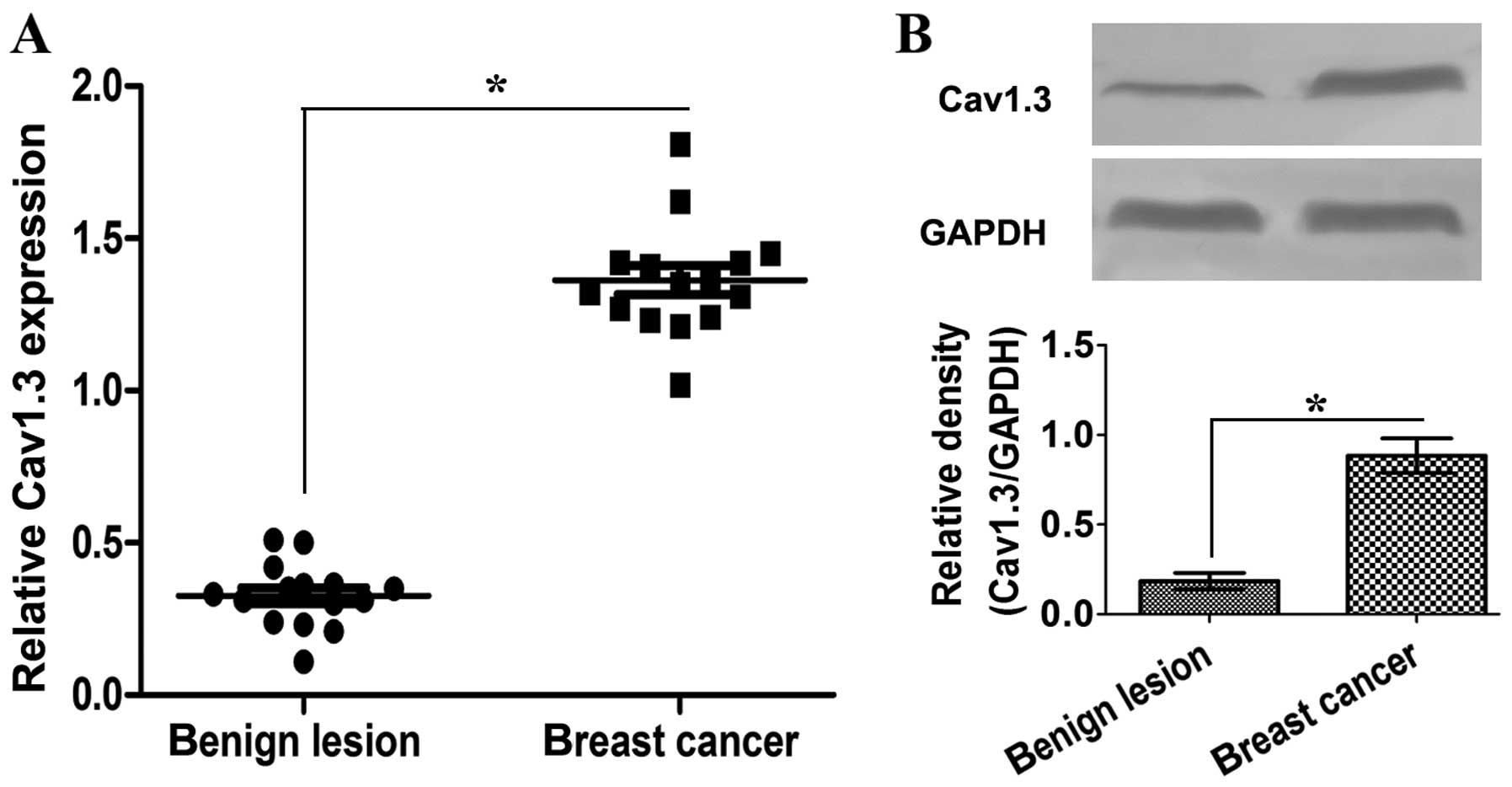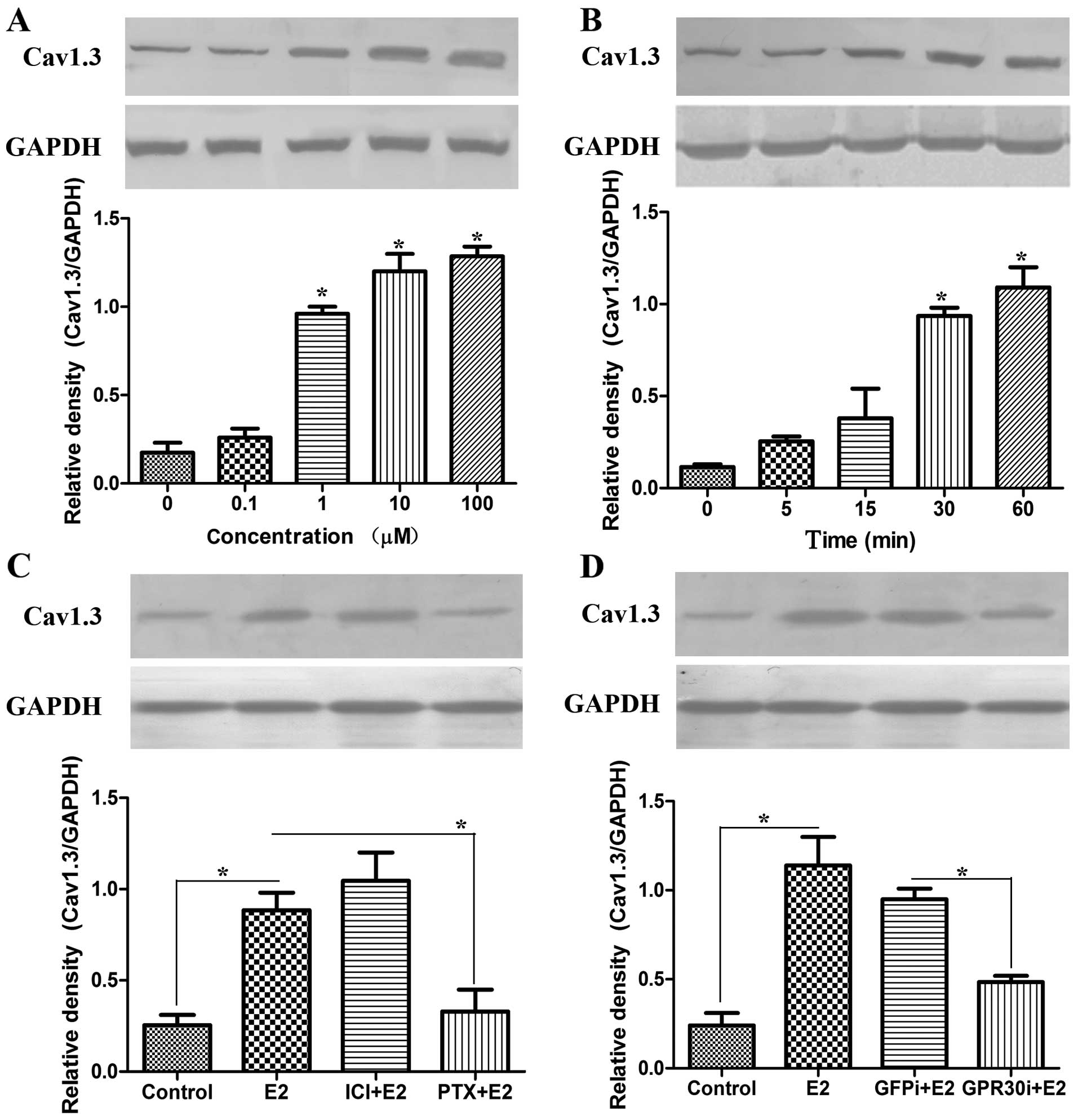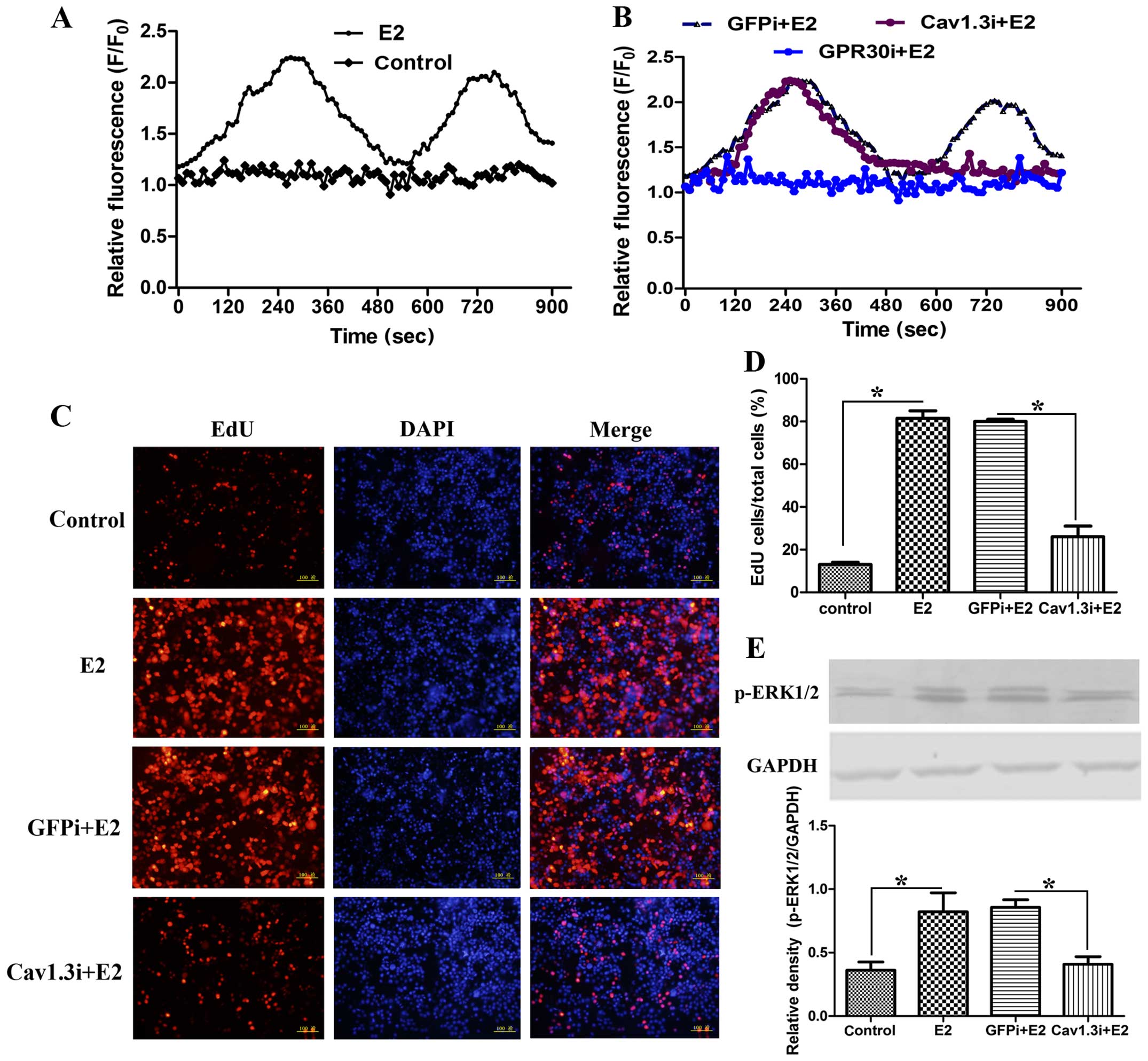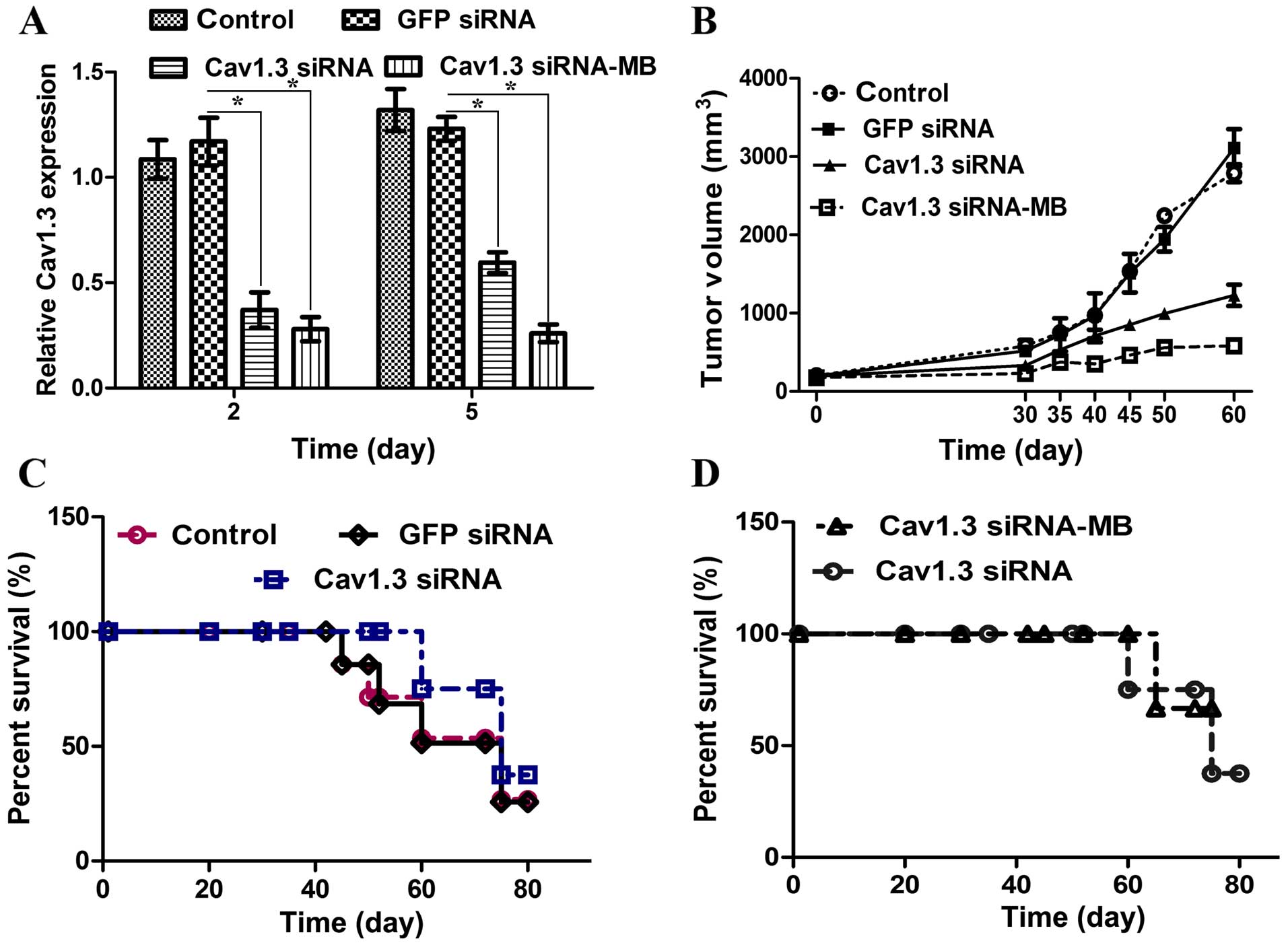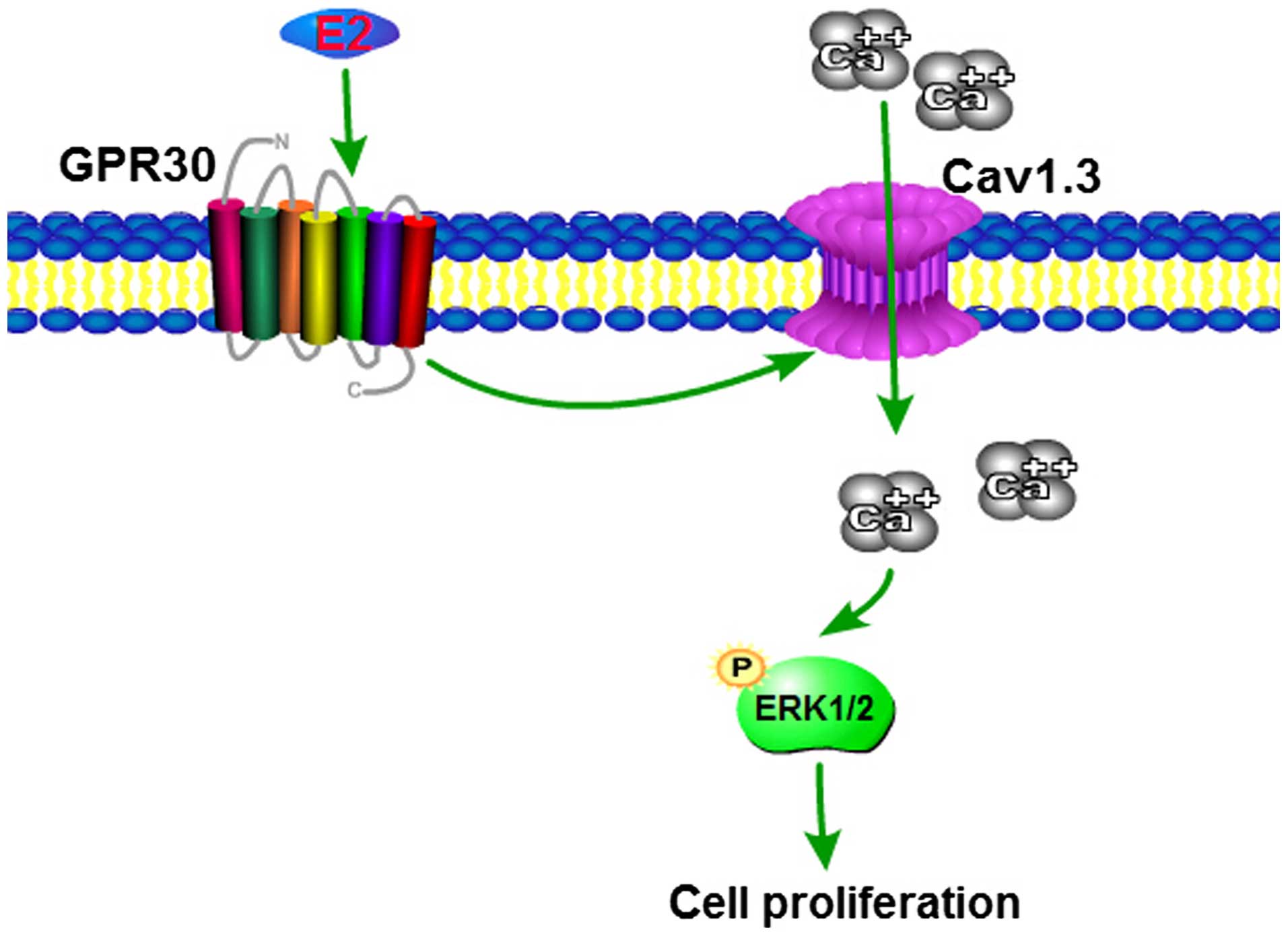|
1
|
Pelekanou V and Leclercq G: Recent
insights into the effect of natural and environmental estrogens on
mammary development and carcinogenesis. Int J Dev Biol. 55:869–878.
2011. View Article : Google Scholar : PubMed/NCBI
|
|
2
|
Gibson DA and Saunders PT: Estrogen
dependent signaling in reproductive tissues - a role for estrogen
receptors and estrogen related receptors. Mol Cell Endocrinol.
348:361–372. 2012. View Article : Google Scholar
|
|
3
|
Revankar CM, Cimino DF, Sklar LA,
Arterburn JB and Prossnitz ER: A transmembrane intracellular
estrogen receptor mediates rapid cell signaling. Science.
307:1625–1630. 2005. View Article : Google Scholar : PubMed/NCBI
|
|
4
|
Gompel A and Santen RJ: Hormone therapy
and breast cancer risk 10 years after the WHI. Climacteric.
15:241–249. 2012. View Article : Google Scholar : PubMed/NCBI
|
|
5
|
Kamangar F, Dores GM and Anderson WF:
Patterns of cancer incidence, mortality, and prevalence across five
continents: Defining priorities to reduce cancer disparities in
different geographic regions of the world. J Clin Oncol.
24:2137–2150. 2006. View Article : Google Scholar : PubMed/NCBI
|
|
6
|
Scaling AL, Prossnitz ER and Hathaway HJ:
GPER mediates estrogen-induced signaling and proliferation in human
breast epithelial cells and normal and malignant breast. Horm
Cancer. 5:146–160. 2014. View Article : Google Scholar : PubMed/NCBI
|
|
7
|
Pandey DP, Lappano R, Albanito L, Madeo A,
Maggiolini M and Picard D: Estrogenic GPR30 signalling induces
proliferation and migration of breast cancer cells through CTGF.
EMBO J. 28:523–532. 2009. View Article : Google Scholar : PubMed/NCBI
|
|
8
|
Holm A, Hellstrand P, Olde B, Svensson D,
Leeb-Lundberg LM and Nilsson BO: The G protein-coupled estrogen
receptor 1 (GPER1/GPR30) agonist G-1 regulates vascular smooth
muscle cell Ca2+ handling. J Vasc Res.
50:421–429. 2013. View Article : Google Scholar
|
|
9
|
Wu TW, Wang JM, Chen S and Brinton RD:
7β-estradiol induced Ca2+ influx via L-type calcium
channels activates the Src/ERK/cyclic-AMP response element binding
protein signal pathway and BCL-2 expression in rat hippocampal
neurons: a potential initiation mechanism for estrogen-induced
neuroprotection. Neuroscience. 135:59–72. 2005. View Article : Google Scholar
|
|
10
|
Chen R, Zeng X, Zhang R, Huang J, Kuang X,
Yang J, Liu J, Tawfik O, Thrasher JB and Li B: Cav 1.3 channel α1D
protein is overexpressed and modulates androgen receptor
transactivation in prostate cancers. Urologic Oncology: Seminars
and Original Investigations. 32(5)Elsevier; pp. 524–536. 2014,
View Article : Google Scholar
|
|
11
|
Carson AR, McTiernan CF, Lavery L, Grata
M, Leng X, Wang J, Chen X and Villanueva FS: Ultrasound-targeted
microbubble destruction to deliver siRNA cancer therapy. Cancer
Res. 72:6191–6199. 2012. View Article : Google Scholar : PubMed/NCBI
|
|
12
|
Leong-Poi H, Kuliszewski MA, Lekas M,
Sibbald M, Teichert-Kuliszewska K, Klibanov AL, Stewart DJ and
Lindner JR: Therapeutic arteriogenesis by ultrasound-mediated VEGF
plasmid gene delivery to chronically ischemic skeletal muscle. Circ
Res. 101:295–303. 2007. View Article : Google Scholar : PubMed/NCBI
|
|
13
|
Hao J, Bao X, Jin B, Wang X, Mao Z, Li X,
Wei L, Shen D and Wang JL: Ca2+ channel subunit α 1D
promotes proliferation and migration of endometrial cancer cells
mediated by 17β-estradiol via the G protein-coupled estrogen
receptor. FASEB J. 29:2883–2893. 2015. View Article : Google Scholar : PubMed/NCBI
|
|
14
|
Clemons M and Goss P: Estrogen and the
risk of breast cancer. N Engl J Med. 344:276–285. 2001. View Article : Google Scholar : PubMed/NCBI
|
|
15
|
Hao B, Webb SE, Miller AL and Yue J: The
role of Ca2+ signaling on the self-renewal and neural
differentiation of embryonic stem cells (ESCs). Cell Calcium.
59:67–74. 2016. View Article : Google Scholar : PubMed/NCBI
|
|
16
|
Lappano R, Pisano A and Maggiolini M: GPER
function in breast cancer: An overview. Front Endocrinol. 5:662014.
View Article : Google Scholar
|
|
17
|
Shang D, Li Z, Zhu Z, Chen H, Zhao L, Wang
X and Chen Y: Baicalein suppresses 17-β-estradiol-induced
migration, adhesion and invasion of breast cancer cells via the G
protein-coupled receptor 30 signaling pathway. Oncol Rep.
33:2077–2085. 2015.PubMed/NCBI
|
|
18
|
Wanajo A, Sasaki A, Nagasaki H, Shimada S,
Otsubo T, Owaki S, Shimizu Y, Eishi Y, Kojima K, Nakajima Y, et al:
Methylation of the calcium channel-related gene, CACNA2D3, is
frequent and a poor prognostic factor in gastric cancer.
Gastroenterology. 135:580–590. 2008. View Article : Google Scholar : PubMed/NCBI
|
|
19
|
Prevarskaya N, Skryma R and Shuba Y:
Calcium in tumour metastasis: New roles for known actors. Nat Rev
Cancer. 11:609–618. 2011. View
Article : Google Scholar : PubMed/NCBI
|
|
20
|
Sarkar SN, Huang RQ, Logan SM, Yi KD,
Dillon GH and Simpkins JW: Estrogens directly potentiate neuronal
L-type Ca2+ channels. Proc Natl Acad Sci USA.
105:15148–15153. 2008. View Article : Google Scholar
|
|
21
|
Boulware MI, Weick JP, Becklund BR, Kuo
SP, Groth RD and Mermelstein PG: Estradiol activates group I and II
metabotropic glutamate receptor signaling, leading to opposing
influences on cAMP response element-binding protein. J Neurosci.
25:5066–5078. 2005. View Article : Google Scholar : PubMed/NCBI
|
|
22
|
Improta-Brears T, Whorton AR, Codazzi F,
York JD, Meyer T and McDonnell DP: Estrogen-induced activation of
mitogen-activated protein kinase requires mobilization of
intracellular calcium. Proc Natl Acad Sci USA. 96:4686–4691. 1999.
View Article : Google Scholar : PubMed/NCBI
|
|
23
|
Castanotto D and Rossi JJ: The promises
and pitfalls of RNA-interference-based therapeutics. Nature.
457:426–433. 2009. View Article : Google Scholar : PubMed/NCBI
|
|
24
|
Cao WJ, Rosenblat JD, Roth NC, Kuliszewski
MA, Matkar PN, Rudenko D, Liao C, Lee PJ and Leong-Poi H:
Therapeutic angiogenesis by ultrasound-mediated microRNA-126-3p
delivery. Arterioscler Thromb Vasc Biol. 35:2401–2411. 2015.
View Article : Google Scholar : PubMed/NCBI
|
|
25
|
Taniyama Y, Tachibana K, Hiraoka K, Namba
T, Yamasaki K, Hashiya N, Aoki M, Ogihara T, Yasufumi K and
Morishita R: Local delivery of plasmid DNA into rat carotid artery
using ultrasound. Circulation. 105:1233–1239. 2002. View Article : Google Scholar : PubMed/NCBI
|
|
26
|
Xu Q, Sun T, Tian H, Wang C and Zhou H:
Ultrasound-mediated vascular endothelial growth factor C (VEGF-C)
gene microbubble transfection inhibits growth of MCF-7 breast
cancer cells. Oncol Res. 20:297–301. 2013. View Article : Google Scholar : PubMed/NCBI
|
|
27
|
Frenkel V: Ultrasound mediated delivery of
drugs and genes to solid tumors. Adv Drug Deliv Rev. 60:1193–1208.
2008. View Article : Google Scholar : PubMed/NCBI
|















